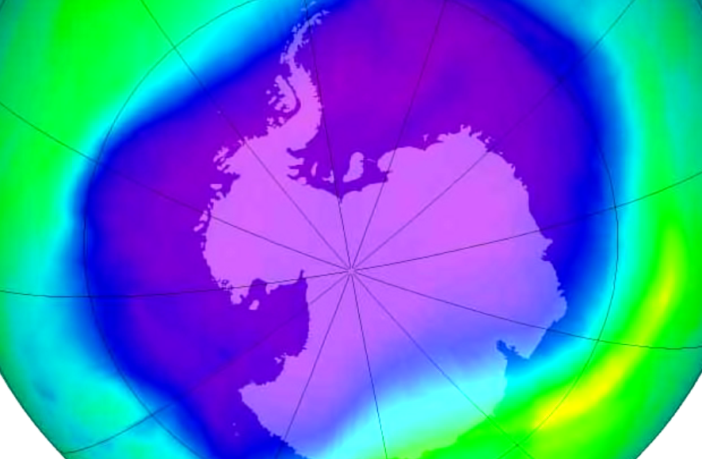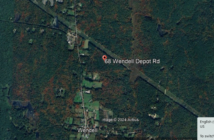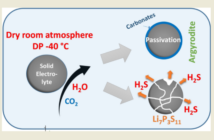1987 was not a good year for Earth spinning in space. The human population had jumped another billion since 1975, and now stood at 5 billion and counting. The word on everybody’s lips was ozone layer, although the public was not sure what that was. The World Commission on Environment and Development published a report titled ‘Our Common Future’. This proposed humankind should work together to find a sustainable development path.
The Ozone Layer: What We Now Know
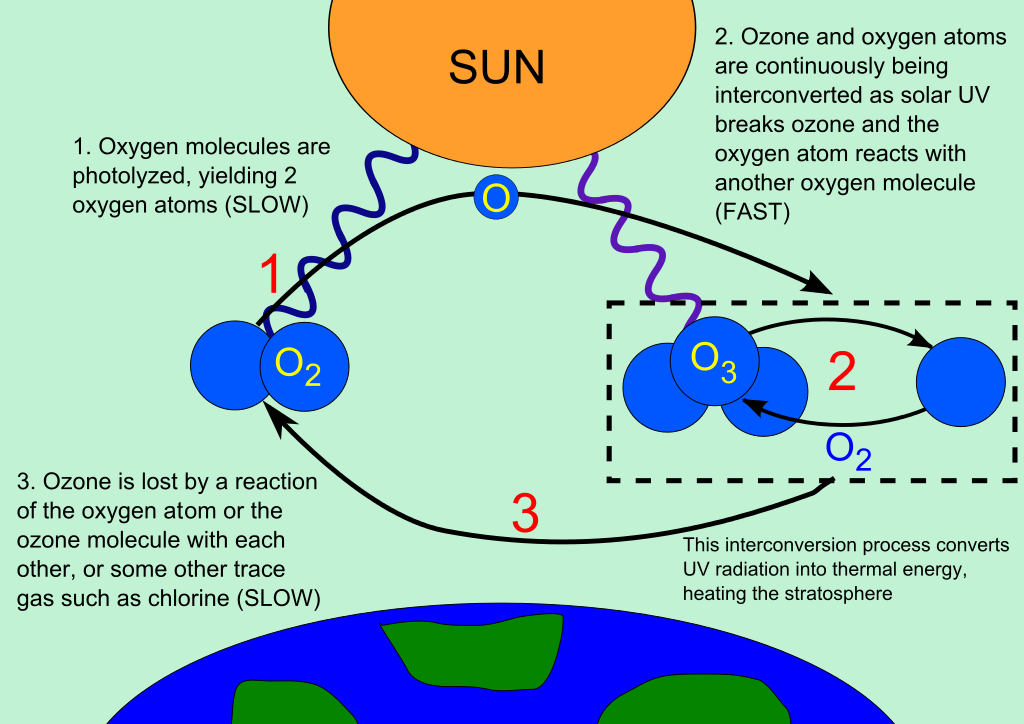
The ozone layer acts as Earth’s sun factor shield by absorbing 97 to 99% of the Sun’s medium-frequency ultraviolet light. It forms when ultraviolet radiation strikes oxygen in our atmosphere bounding on outer space. The ozone layer protects us if we are careful. If we did not have the ozone layer, we could potentially air fry.
In 1987, the world’s nations met to consider a number of chemicals in common use, that were threatening the sustainability of the ozone layer. Their deliberations materialized as the Montreal Protocol that has gone through numerous revisions since. The ozone layer is gradually recovering thanks to phasing out chlorofluoro (CFC), hydrochlorofluoro (HCFC), and hydrofluoro carbons (HFC).
The Bearing the Ozone Layer Has on Global Warming
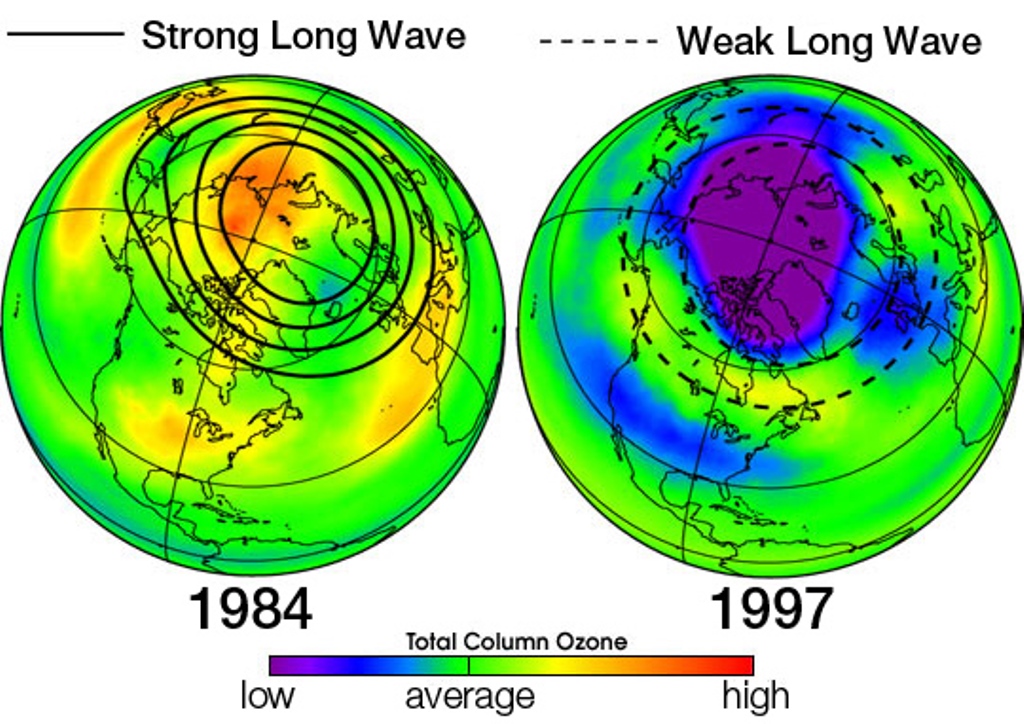
The first industrial revolution took us down a path that disturbed the natural balance of our environment through increasing energy consumption. As a direct consequence, there is a great deal more ozone around us than previously. The burgeoning population has steadily increased this concentration. Scientists have wondered how this influences the greenhouse effect.
Ozone is 1,000 times more effective than carbon dioxide in upsetting the balance between Earth’s outward radiation and inbound solar energy. However, scientists discovered the ozone molecules decay much faster than carbon dioxide, and hence do not have strong global effects. Nonetheless, some cities are more susceptible to others, including for example Houston, Texas, and Mexico City, Mexico.
The Montreal Protocol has proved more successful than the subsequent Kyoto Protocol in achieving its goals. This may have been due to the public believing the imminent dangers of a depleting ozone layer, and forcing their governments to act.
Related
Climate Change Part 13: Signs of Concern
Climate Change Part 14: 1972 UN Conference
Preview Image: 2006 Ozone Hole Over Antarctica

